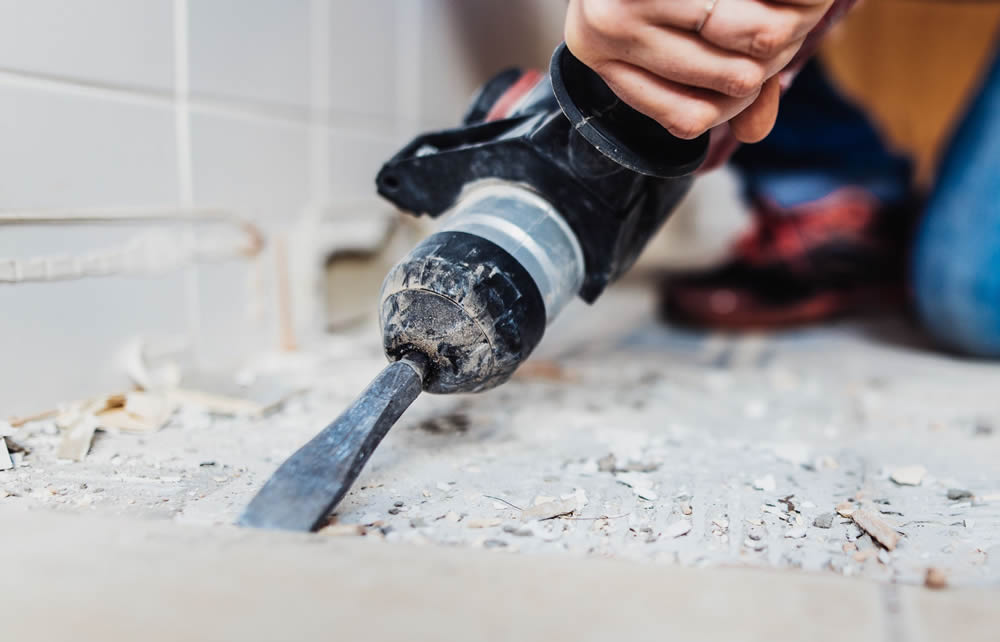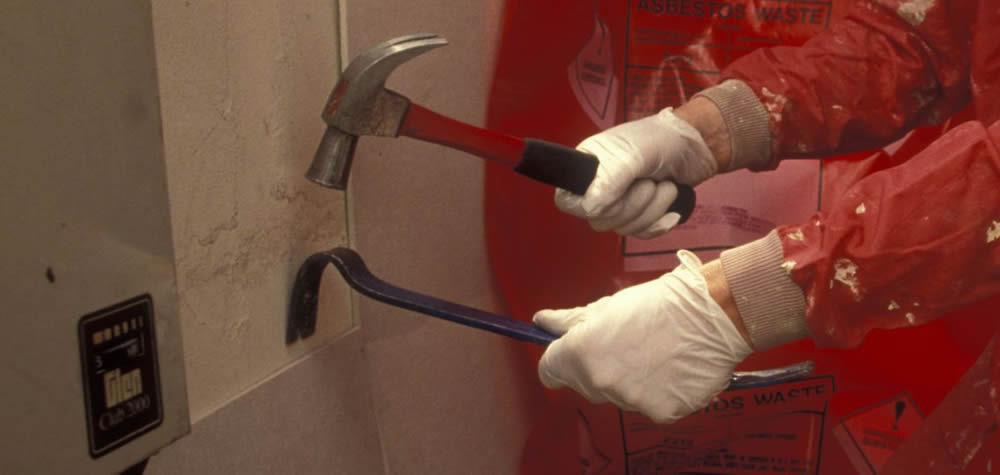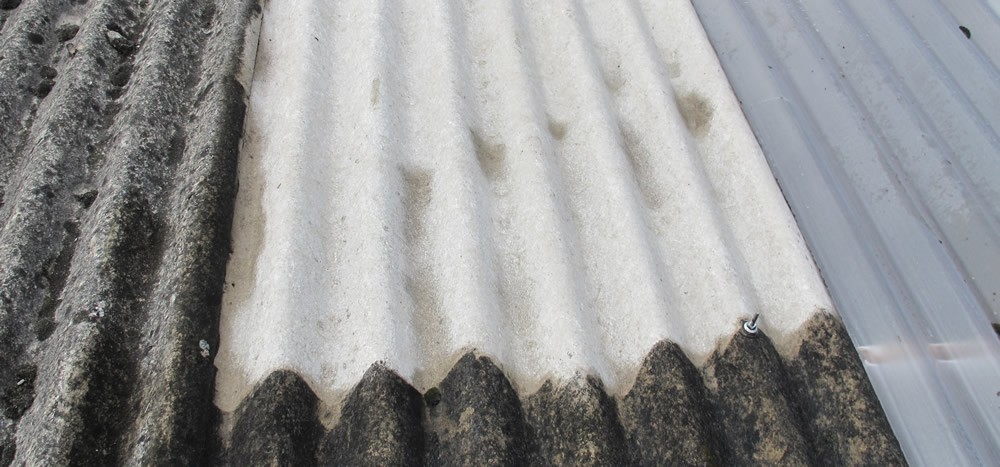Before it was banned in 1986, asbestos was commonly used in homes and other buildings. Before we understood the dangers of asbestos, there were several reasons that asbestos was commonly used. According to Environment, Health and Safety Online,
The most common reasons include:
- It provided strength without putting too much weight on the structure.
- Asbestos is fire and heat resistant
- Asbestos was an inexpensive material
When it was discovered that asbestos caused a deadly form of cancer called mesothelioma, the material was banned. Today, while builders aren’t using the material, it is often still present in older constructions.
If you are living in an old house, you should have the home tested for the presence of asbestos. If the tests come back positive, you will need to have it removed.

There are some homeowners who will try to remove the asbestos from the home on their own. This is a mistake. There are a few reasons why asbestos removal is not a DIY project.
#1 There is Serious Risk Involved With DIY Removal
DIY home repairs are very popular today. While there are some jobs that are great DIY projects, asbestos removal isn’t one of them. It’s always advisable to hire Licensed Asbestos Experts like Pro Asbestos Removal Sydney.
Asbestos produces a high level of dust. When you remove the asbestos, the dust will be different colors depending on the type of asbestos used. The most common colors are:
- White
- Blue
- Brown
If you don’t have the necessary experience and training, you could expose yourself and your family to the dust There are many types of asbestos that are friable, which means that the dust will remain in the air inside the house for long periods of time.
#2 Minimal Exposure Is Harmful
It doesn’t take a huge asbestos removal job to put you at risk of developing mesothelioma. There are many people who have developed this cancer and the only home improvement job that they did was remove a popcorn ceiling.
Even minimal exposure can be harmful. If you don’t finish the entire job, even a little bit of leftover asbestos can result in long-term exposure.
This can cause a variety of health issues and many of them can be deadly. A professional asbestos removalist will have the knowledge and experience to eradicate the problem safely and completely.
#3 Most Homeowners Don’t Have the Necessary Equipment
According to ECCO Corp, wearing just a mask or a respirator isn’t going to help if you are going to safely remove asbestos from your home. You will need specialized equipment that you likely don’t have.
After you have removed the asbestos, you are going to need to dispose of it in a way that is safe for the environment. If you don’t do this, you are going to be putting everyone at risk.
#4 It Might Be Illegal
Removing asbestos is a very delicate job. If asbestos removal process is not in a right way then it can be harmful. Because of this, it is illegal in many states to remove more than 100 square feet of asbestos unless you are a licensed technician.

#5 Asbestos Fibers Are Extremely Dangerous
When asbestos is removed, microscopic fibers can get into the air. Without the proper safety equipment, it can easily get into your lungs. According to the ASDA, this can result in lung cancer, asbestosis, and mesothelioma.
According to medical professionals, there is also a link between asbestos exposure and other health issues such as COPD and kidney cancer. If you don’t have the knowledge and experience to do the job right, just one tiny fiber and make you sick.
There are many homeowners who made asbestos removal a DIY job and had a minor cough after that later cleared up. Between 20 to 40 years later, these homeowners discovered that they have an asbestos-related disease. Rather than putting yourself at risk, you should hire a licensed asbestos removalist to rid your home of asbestos.

